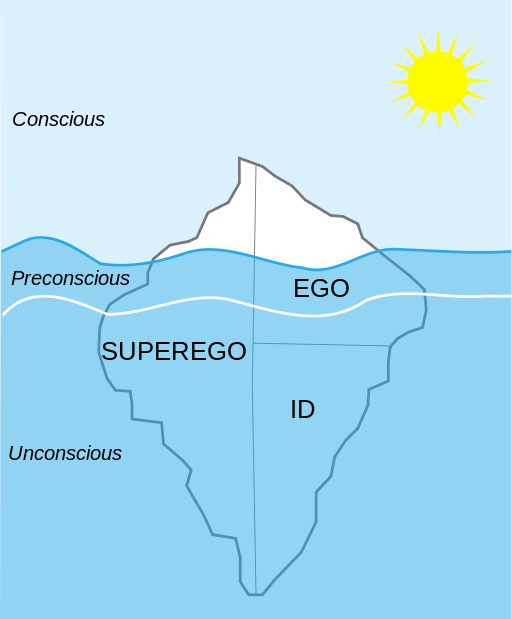Ego vs Id
With the evolution of our understanding of personality through Sigmund Freud’s discoveries, it has become crucial to understand the distinctions between the ego and id. Both concepts stem from the field of psychology and were introduced by Freud, a renowned psychoanalyst. Freud described the human personality as having three parts: the id, the ego, and the superego. Discovered in 1923, these concepts remain relevant in diagnosing and treating psychological conditions today. In general terms, the id represents the lower level of personality, the ego the middle level, and the superego the higher level. This article will explore the differences between the ego and id.
What is Ego?
Freud described the ego as “that part of the id which has been modified by the direct influence of the external world.” In psychoanalysis, the ego is considered to be a person’s perception of reality. It contains a sense of justice and awareness of reality, enabling individuals to plan and organize their actions. The ego is commonly referred to as the common sense that every person possesses and is found in each individual. It encompasses perception and subconscious thoughts, along with perceptual, defensive, executive, and intellectual-cognitive functions. The ego takes into account social norms, realities, etiquette, and rules when deciding how to behave. It also serves to keep the id in check, seeking ways to satisfy the id’s needs without going against external reality.
What is Id?
According to Freud’s theory, the id represents the instinctual aspect of humans. Its primary objective is to achieve satisfaction without considering other factors. It can be described as the unorganized part of the personality structure that determines an individual’s basic instinctual drives. As the source of a person’s bodily needs, the id governs desires, impulses, aggression, and sexual drives. It embodies the selfish nature inherent in humans, enabling them to take care of themselves. The id also abhors pain and seeks pleasure. Infants are believed to possess only the id at birth, as they have not yet been exposed to the external world. As a child grows and is influenced by their surroundings, they develop an ego and superego.
What is the difference between Ego and Id?
Both the ego and id play essential roles in psychoanalysis and are necessary for humans to lead complete lives. However, there are distinct differences between the two. The id is the unorganized part of a person’s personality structure, while the ego is the organized part. The ego is responsible for a person’s perceptual, defensive, executive, and intellectual-cognitive functions, whereas the id controls basic instinctual drives such as desires, impulses, aggression, and sexual drives. The id focuses on self-satisfaction, while the ego deals with reality.
Key Takeaways:
- The id represents the instinctual, unorganized part of the personality structure, while the ego is the organized part that deals with reality.
- The ego is responsible for perceptual, defensive, executive, and intellectual-cognitive functions, whereas the id controls desires, impulses, aggression, and sexual drives.
- Both the ego and id are essential components of psychoanalysis and are necessary for humans to lead complete lives.
